

UI/UX 6-month course covers mainly design principles and methodologies on User Experience (UX) and User Interface (UI). The course provides a deep understanding of both theory and practice. The students here will learn how to design intuitive and user-centered digital experiences.





Our UI/UX 6-month Design course is open to all who wish to explore this field and build a successful career. Regardless of your background, profession, or age, if you are passionate about obtaining knowledge and skills on this, Tecswan welcomes you.




This module covers the introduction to UX/UI Design, the differences between UX and UI, the importance of UX/UI in digital products and an introduction to design tools, such as Figma, Sketch, Adobe XD, InVision Studio, Axure, Proto.io, Marvel, Framer X, Origami studio, Webflow, FlowMap, Balsamiq, Zeplin, UX Pin.
In this module, surveys, user interviews, usability testing, five-second testing, A/B testing, and concept testing will be covered in User research methodologies. In the methodologies group, there will be a qualitative vs. quantitative analysis, attitudinal vs. behavioral, generative vs. evaluative and personas and user journeys will be there. After these, there will be a competitive analysis and feedback.
Hierarchical organization of content, principles of site mapping and wireframing, card sorting techniques and navigation design principles will be covered in this module.
In this module, we discuss topics such as introduction to prototyping tools, principles of interaction, how to create interactive prototypes and micro-interactions and animations.
Here, we will discuss in detail, the coor theory and psychology in UI design, ty fundamentals and best practices and visual hierarchy and layout principles.
Principles of iconography and imagery, layout design techniques, designing for different screen sizes and resolutions and creating responsive design principles will be covered in detail.
An overview of Adobe Photoshop, Illustrator, and other UI design tools. How to create design systems and style guides and how to make a collaborative design workflow will be covered.
Understanding accessibility guidelines (WCAG), designing for users with disabilities and inclusive design principles will be explored in this module.
The importance of usability testing, and planning usability test scenarios are discussed here. And how to do usability testing by the methods, qualitative or quantitative, moderated or unmoderated and remote or in-person will be taught.
Here, usability tests will be conducted. Then there will be a process of analyzing usability test results and finally incorporating suggestions based on the feedback.
Understanding the design thinking process and empathy mapping and user-centric interaction techniques will be covered here.
In this session, rapid prototyping techniques, validating ideas through prototyping and interactive prototyping process will be conveyed.
How to design for mobile-first experiences, how to do responsive design for mobile devices and an introduction to Apple Human Interface Guidelines for iOS app design will be covered.
Understanding thoroughly mobile gestures and touch interactions, intuitive mobile interfaces and how to incorporate Apple’s Human Interface Guidelines into mobile app design will be highlighted and covered in this module.
This module covers understanding mobile gestures and touch interactions, how to design intuitive mobile interfaces and how to incorporate Apple’s Human Interface Guidelines into mobile app design.
To Design for consistency across platforms, adaptive design techniques and how to integrate Google Material Design principles into cross-platform experiences will be covered in this module.
Introduction to emerging technologies (AR/VR, voice interfaces and designing for emerging platforms will be covered.
Exploring future trends in UX/UI design and understanding industry insights and predictions will be discussed in this module.
In this module, students will be asked to work on a comprehensive UX/UI design project from start to finish. The project will include, user research, wire-framing, prototyping, visual design, and usability testing. After the completion of the project, there will be a regular feedback session and mentorship from instructors.
Here, the students have to present the final project to peers and industry professionals. After the presentation, there will be feedback and critique sessions.
How to develop a captivating UX/UI design portfolio and how to present projects effectively in them.
There will be sessions on resume-building and job search strategies. How to prepare for an interview and career guidance and industry insights.


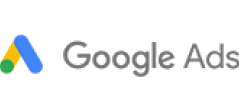
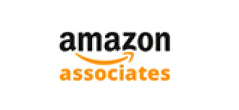

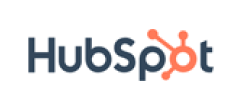

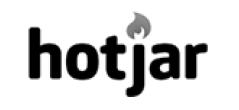
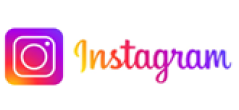
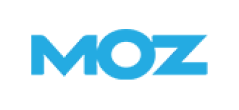

Yes, all our courses are ISO certified, 9001:2015 and all the students will be awarded certificates at the end of completion of the course.
Students, entrepreneurs and any professionals who are interested can join for UI/UX course.
The UI/UX Design course lasts for 6 months. We also offer separate 3-month courses in UI and UX.
Yes, all our courses are taught by expert trainers.
Yes, all our courses are designed with both practical and theory sessions.